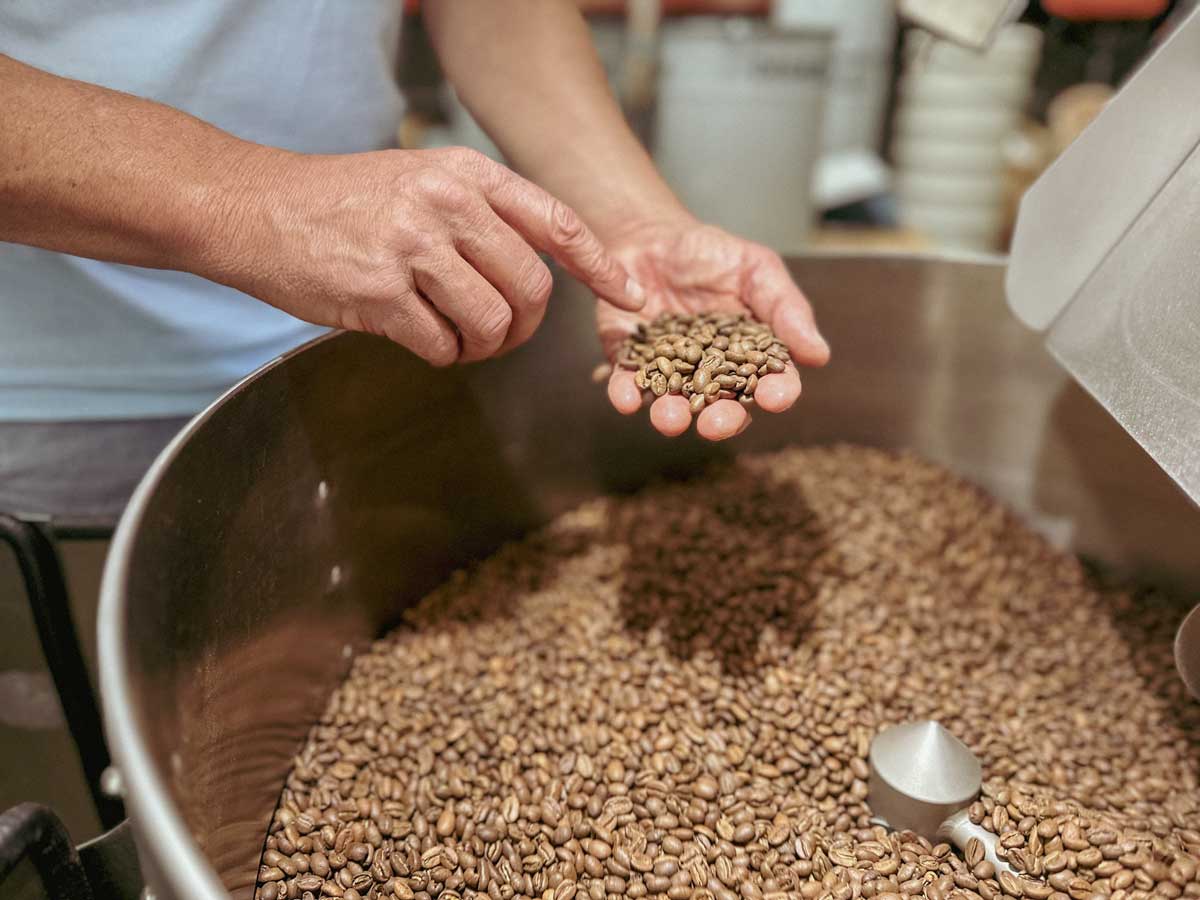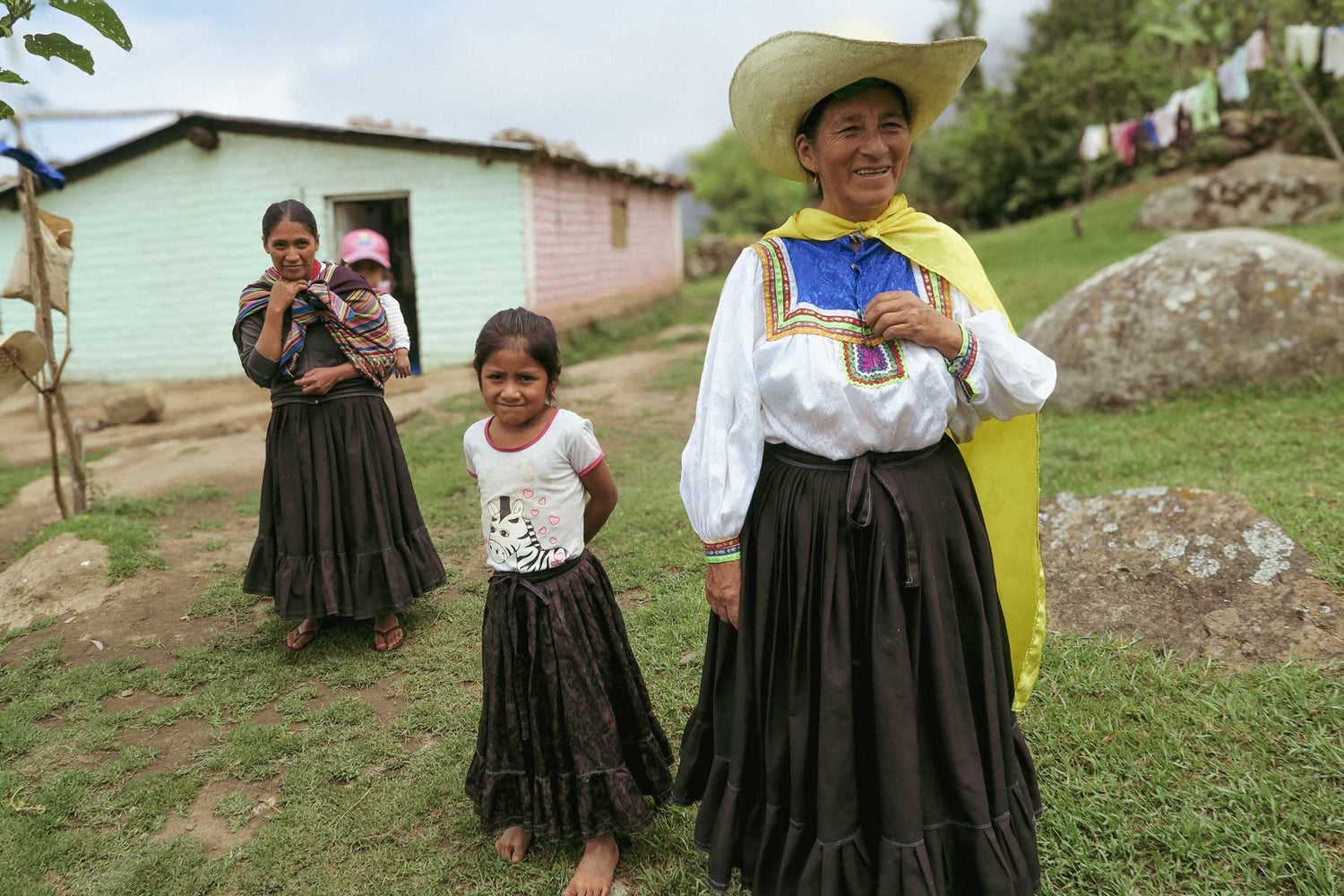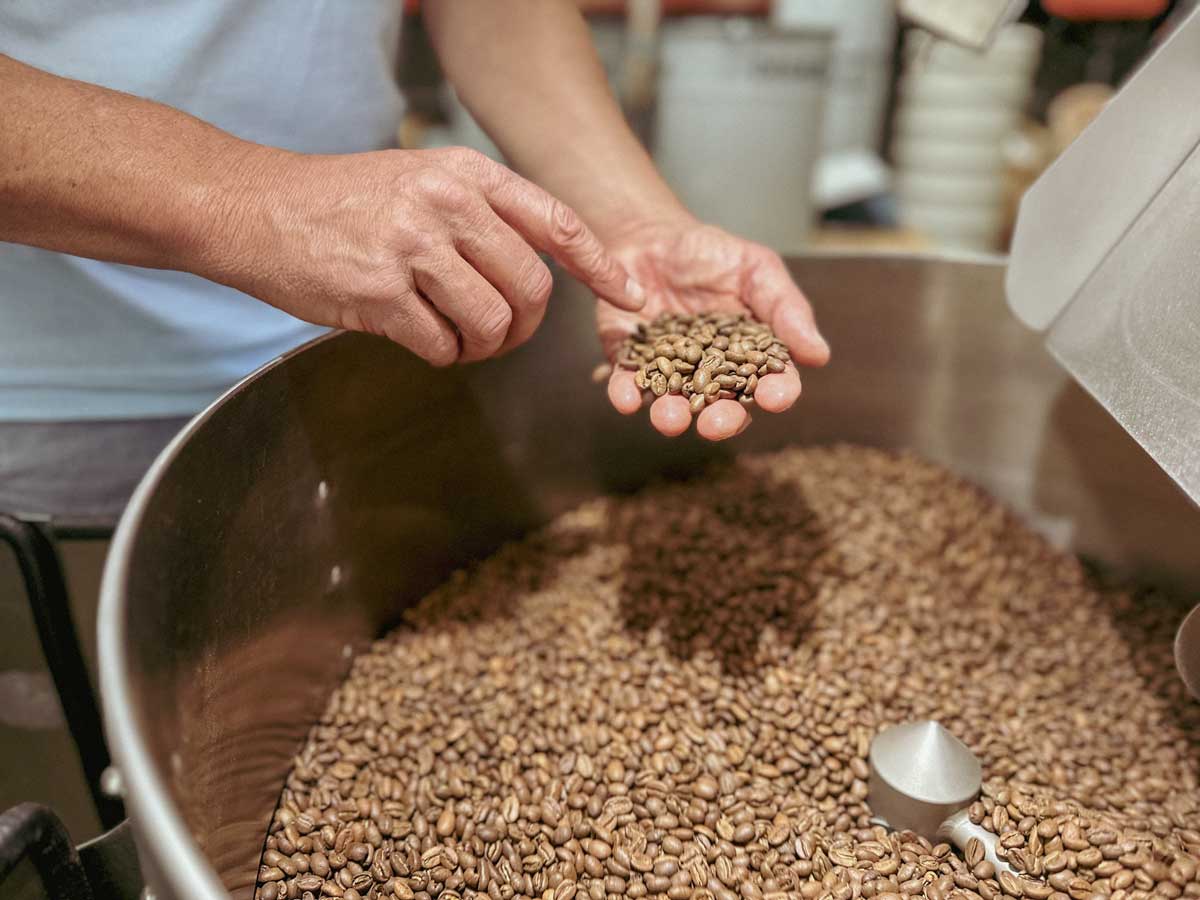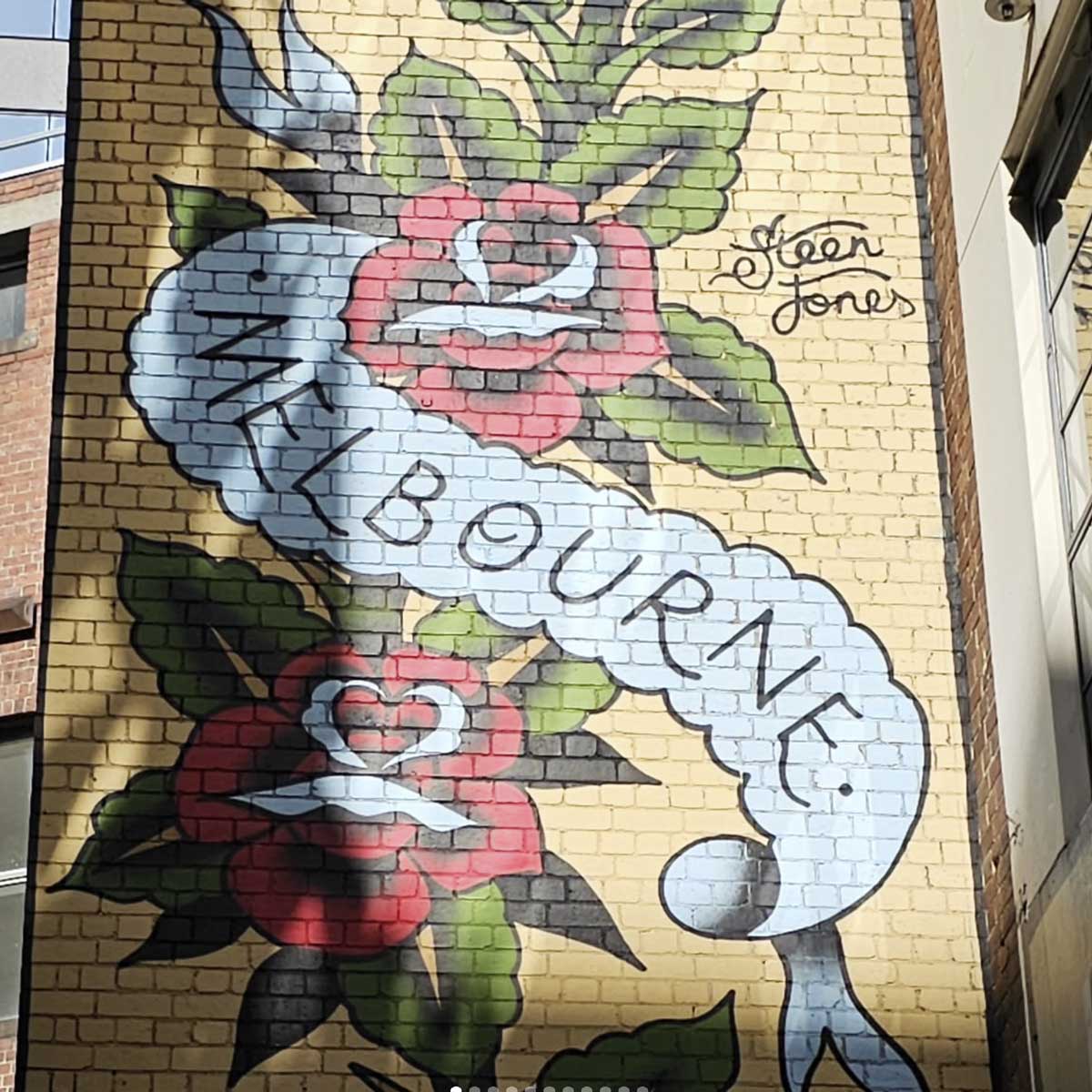Best Coffee Beans in Australia: How to Choose the Perfect Beans for Your Brew
Australia is a nation of coffee lovers, and finding the best coffee beans can transform your daily cup into something truly special. This guide will help you choose the perfect beans for your taste – whether you prefer a bold espresso or a smooth filter coffee. We’ll cover everything from flavor and roast level to freshness and brewing methods, plus share our top bean recommendations for Aussie coffee drinkers.
Our Top Coffee Bean Picks (for Australian Coffee Lovers)
-
Little Ripper | Espresso Blend
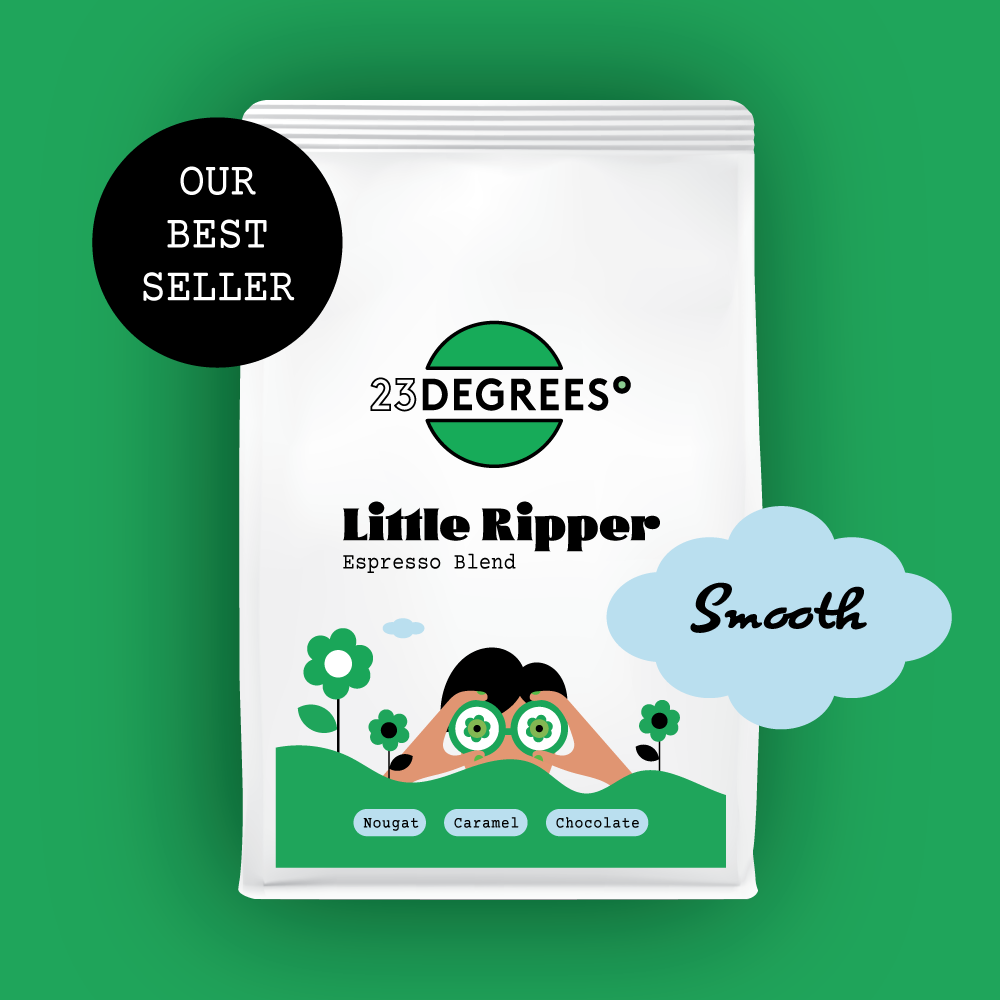 Little Ripper | Espresso Blend
Little Ripper | Espresso Blend- Regular price
-
$17.00 $56.00 - Regular price
-
- Sale price
-
$17.00 $56.00
Quick view
-
Morning Glory | Smallholder Farmers' Blend
 Morning Glory | Smallholder Farmers' Blend
Morning Glory | Smallholder Farmers' Blend- Regular price
-
$18.00 $58.00 - Regular price
-
- Sale price
-
$18.00 $58.00
Quick view
-
Mrs Robinson | Women Growers' Blend
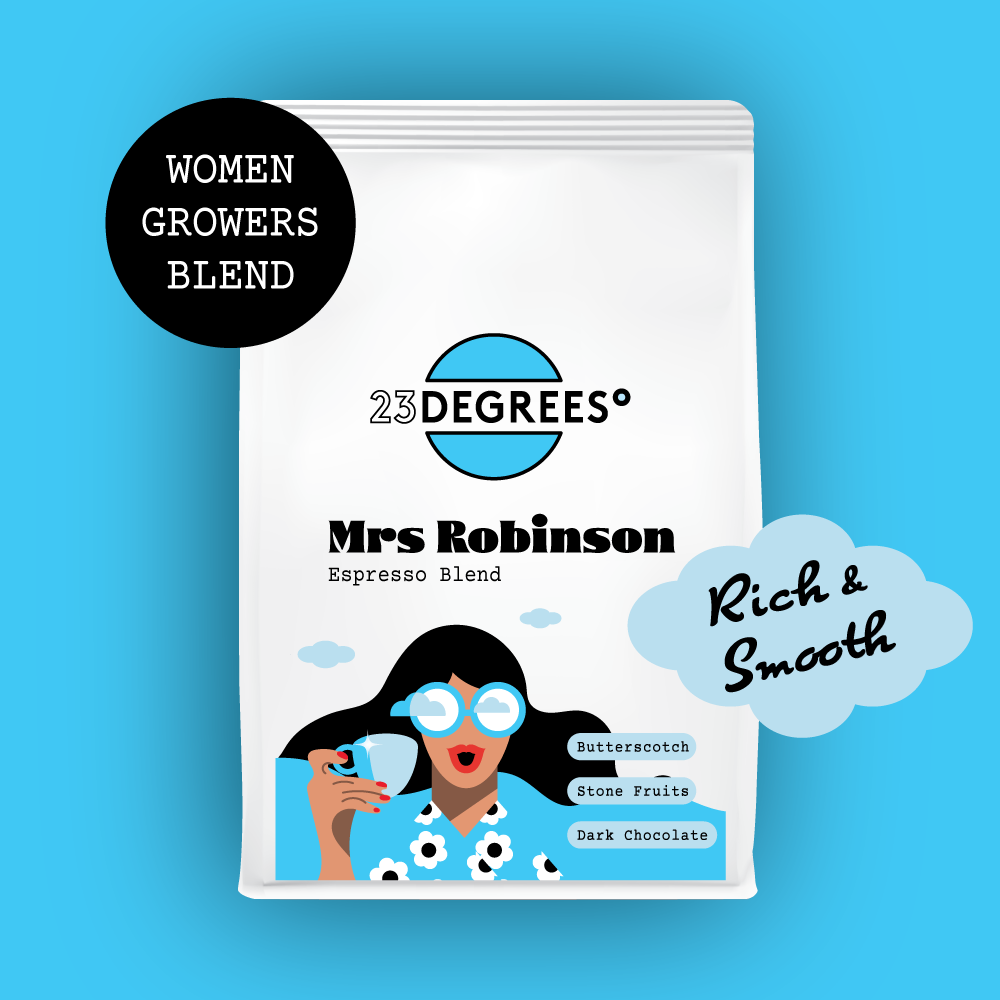 Mrs Robinson | Women Growers' Blend
Mrs Robinson | Women Growers' Blend- Regular price
-
$19.00 $64.00 - Regular price
-
- Sale price
-
$19.00 $64.00
Quick view
-
Bee's Knees | Organic Espresso Blend
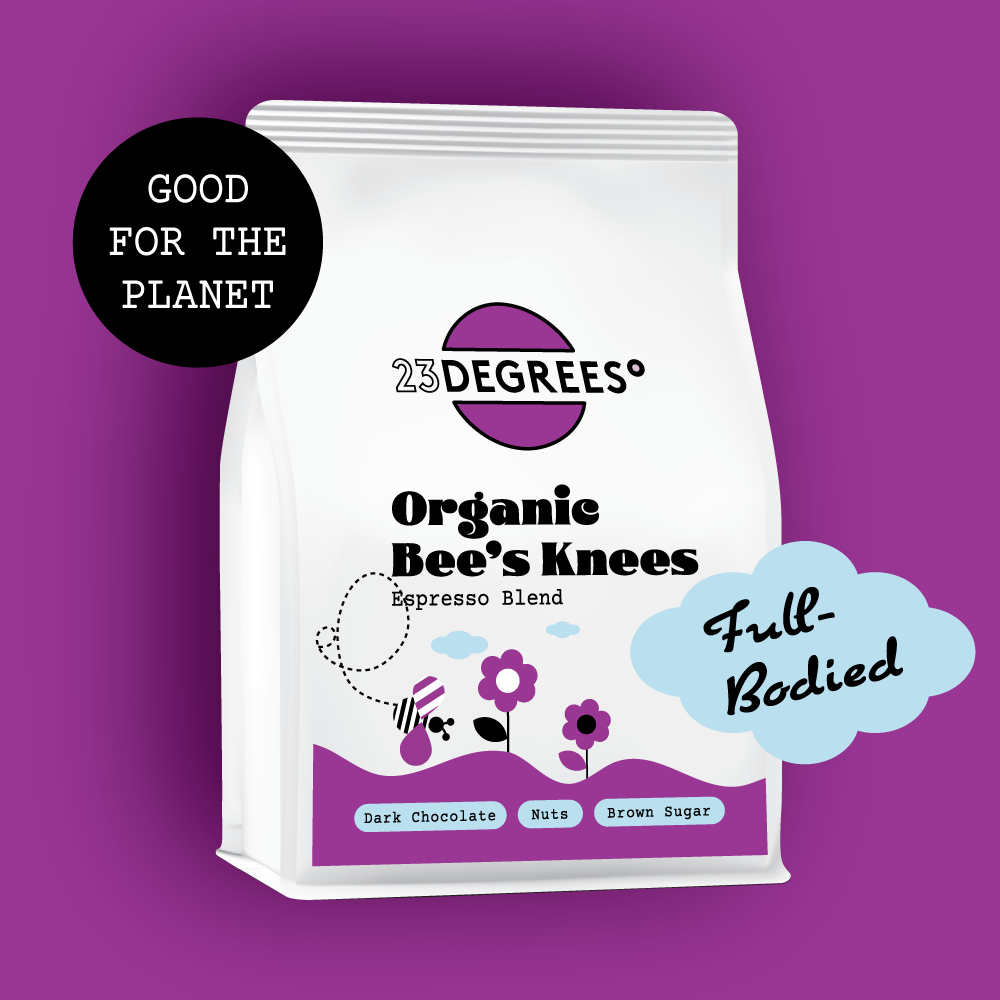 Bee's Knees | Organic Espresso Blend
Bee's Knees | Organic Espresso Blend- Regular price
-
$19.00 $64.00 - Regular price
-
- Sale price
-
$19.00 $64.00
Quick view
Not sure where to start? Here are some of 23 Degrees’ best coffee beans loved by our Australian customers, each with a unique flavour profile:
Little Ripper 'The Crowd Pleaser': Best for those who enjoy a smooth cup with lower acidity.
This crowd-pleaser is packed with delicious chocolate and caramel, delivering a delightful sweetness. It's crafted for your everyday coffee moments. A real all-rounder.
Morning Glory – Smallholder Farmers' Blend: Best for fans of a juicy, livelier cup.
Get your day off to a glorious start with our totally delicious Morning Glory blend. It has a pep in its step with some lovely acidity. Even better, the coffee beans we use for this morning delight are sourced from smallholder farmers through a transparent, traceable, and fair supply chain that supports the little guys. Because being a small fish in a big pond isn’t easy.
Mrs Robinson – Women Growers': Best for rich chocolate notes.
This blend is crafted exclusively from coffees produced by 100% women coffee growers. It offers a smooth, rich cup with heaps of dark chocolate and butterscotch notes, complemented by a juicy yet balanced acidity, making your brew even more intriguing.
Bee’s Knees – Organic Espresso Blend: Best for coffee lovers seeking an organic option with rich flavours.
This organic espresso blend is better for you and the planet. It delivers a rich and satisfying cup, ensuring you enjoy your coffee moments while supporting sustainable and ethical farming practices.
How to Choose the Best Coffee Beans (Step-by-Step Guide)
Buying great coffee beans comes down to understanding a few key factors. Let’s break down what you should look for:
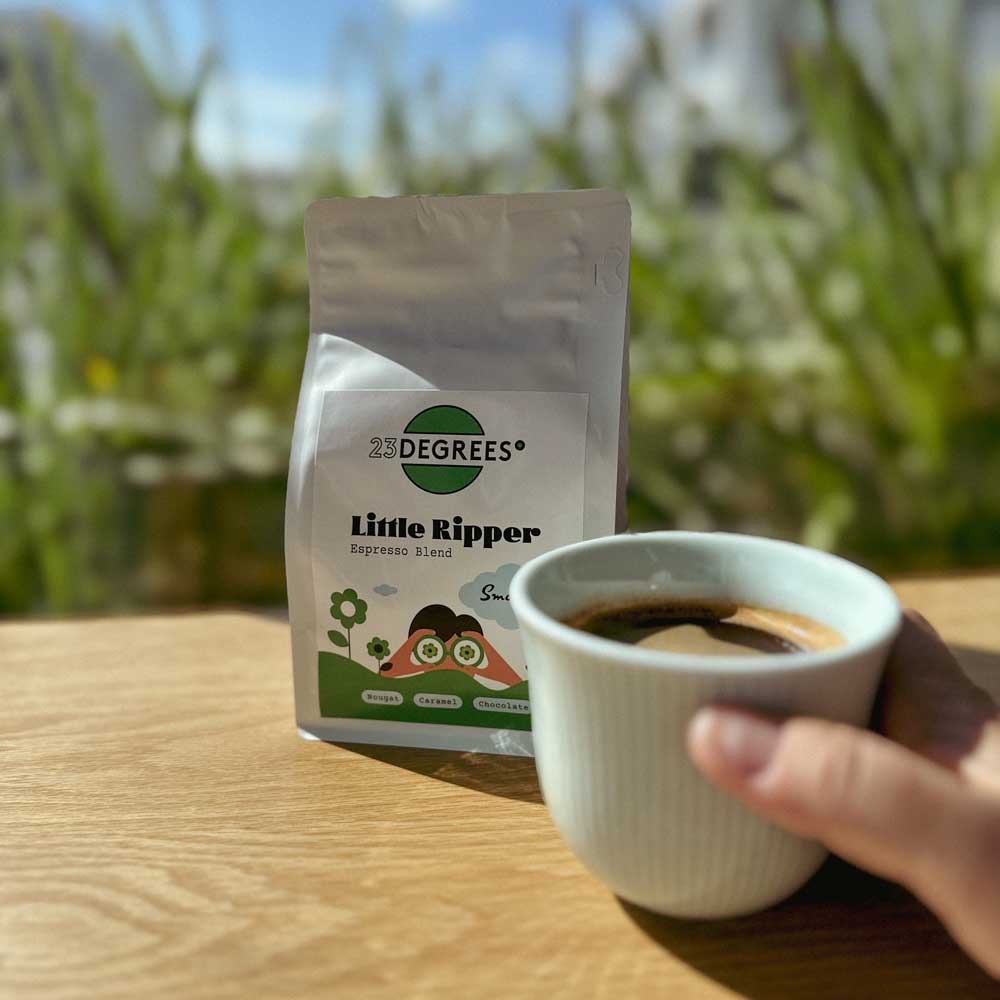
1. Choose Beans by Flavour Profile - What Tastes Do You Enjoy?
Think about the flavours and aroma you love in coffee. Do you prefer comforting chocolate and nutty notes, or something more fruity and exotic?
- Chocolaty, Nutty, Caramel: If you gravitate toward sweet, rich flavours (think chocolate, hazelnut, caramel), try beans from Central/South America. Latin American coffees (like Brazilian or Colombian beans) often have these comfy flavour notes. Example: Our Little Ripper blend has delicious nougat and caramel tones, making it a smooth, sweet cup.
- Fruity and Wild: Love fruity, punchy coffees? Try natural processed beans, especially from Ethiopia. They bring out bold berry or tropical fruit flavours.
Want to explore more adventurous tastes? Go for beans processed using experimental fermentation methods like carbonic maceration. These can create surprising flavours like bubble gum or ripe banana. - Floral and Tea-like: Prefer something lighter and more delicate? Washed Ethiopian coffees are known for floral notes like jasmine and bergamot, with a clean, tea-like finish. Best enjoyed as a pour-over or black filter brew.
- Bright acidity: If you're after a vibrant, tangy cup, Kenyan beans are hard to beat. They often taste like citrus or red berries and have a clean, juicy finish. We think they’re at their best as a filter roast.
- Earthy or Spicy: Looking for depth and a savoury edge? Indonesian and Indian coffees bring earthy, smoky or spicy flavours. These add great structure to espresso blends.
- Like a strong, classic punch? Italian-style espresso roasts (e.g., blends including Robusta) can deliver that bittersweet, heavy body many associate with a “strong coffee.”
Tip: Read the tasting notes on coffee bean packages or descriptions. Many bags will list flavour notes (e.g., “dark chocolate, stone fruit, almond”). Over time, you’ll discover which notes make your taste buds happiest.
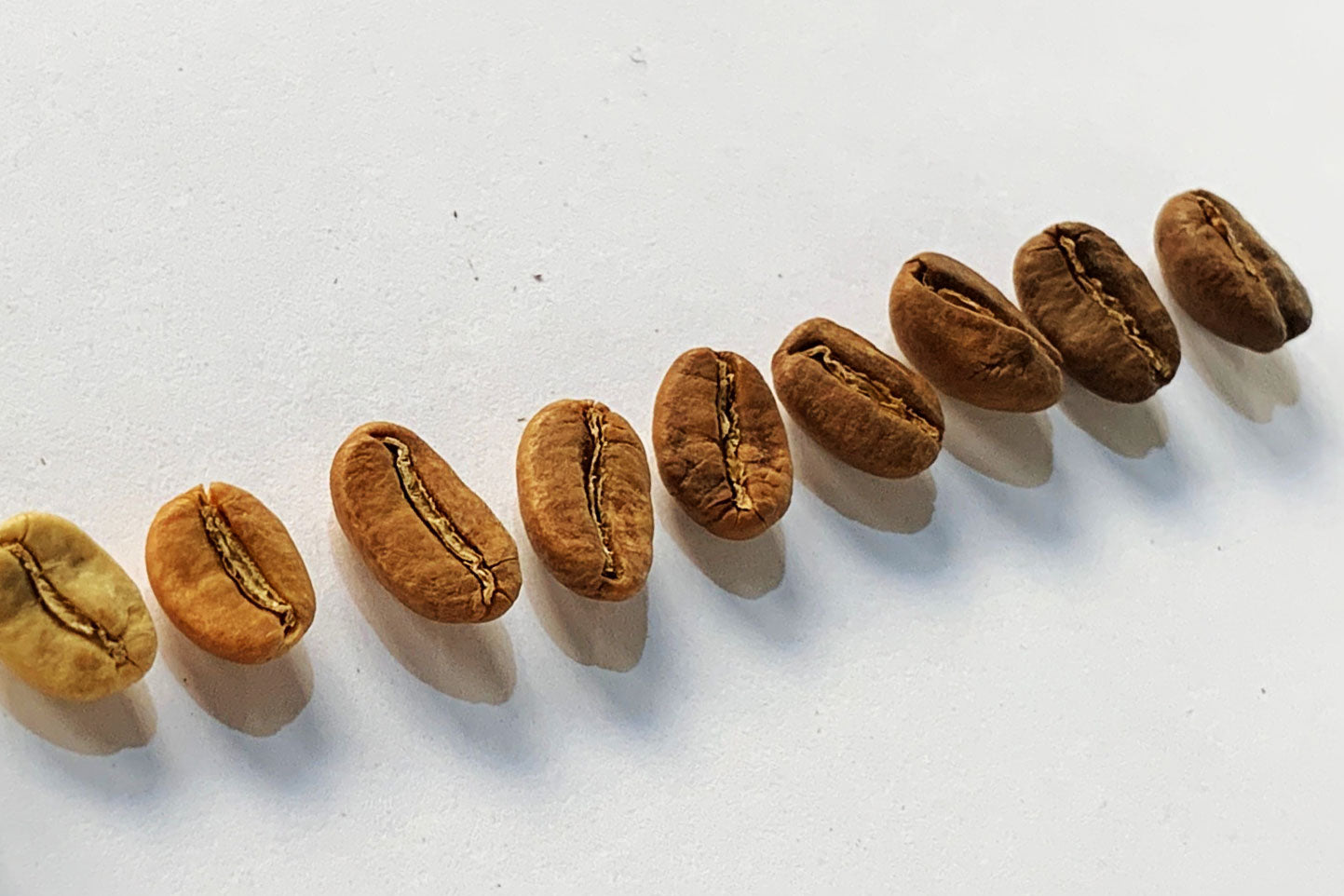
2. Consider the Roast Level - Light, Medium, or Dark?
The roast level of coffee beans greatly affects their taste and the “best use” of those beans:
- Light Roast: Light brown beans with no oily surface. They preserve most of the bean’s original origin flavors. Expect brighter acidity and delicate, complex notes (often fruity or floral). Light roasts are great for filter coffee methods (pour-over, Aeropress, plunger) where nuanced flavors are appreciated. If you like a tea-like clarity or fruity notes, go for light roasts.
- Medium Roast: Medium brown beans, still little to no oils on surface. A balanced choice – the coffee’s inherent flavours are present but with added sweetness and a bit more body from the roast. Crowd-pleasing and versatile, medium roasts work well in most brew methods. They often have chocolatey, caramel, or nutty profiles. Most of our blends (like Mrs Robinson) are medium roast to suit both espresso and drip coffee.
- Dark Roast: Dark brown to almost black beans with a sheen of oil. Roasting brings out bold, smoky, or chocolaty flavours by caramelizing sugars more, but origin characteristics are muted. Dark roasts have low acidity, heavy body, and often a bittersweet flavour. They’re ideal if you prefer a strong, robust coffee or primarily make espresso-based drinks.
Tip: Think about your brewing method too. Espresso machines typically pair well with medium to dark roasts (for richness and crema), while filter methods can highlight light to medium roasts. There’s no hard rule – it ultimately comes down to taste, but matching roast level to brew method can guide you to your personal “best bean.”
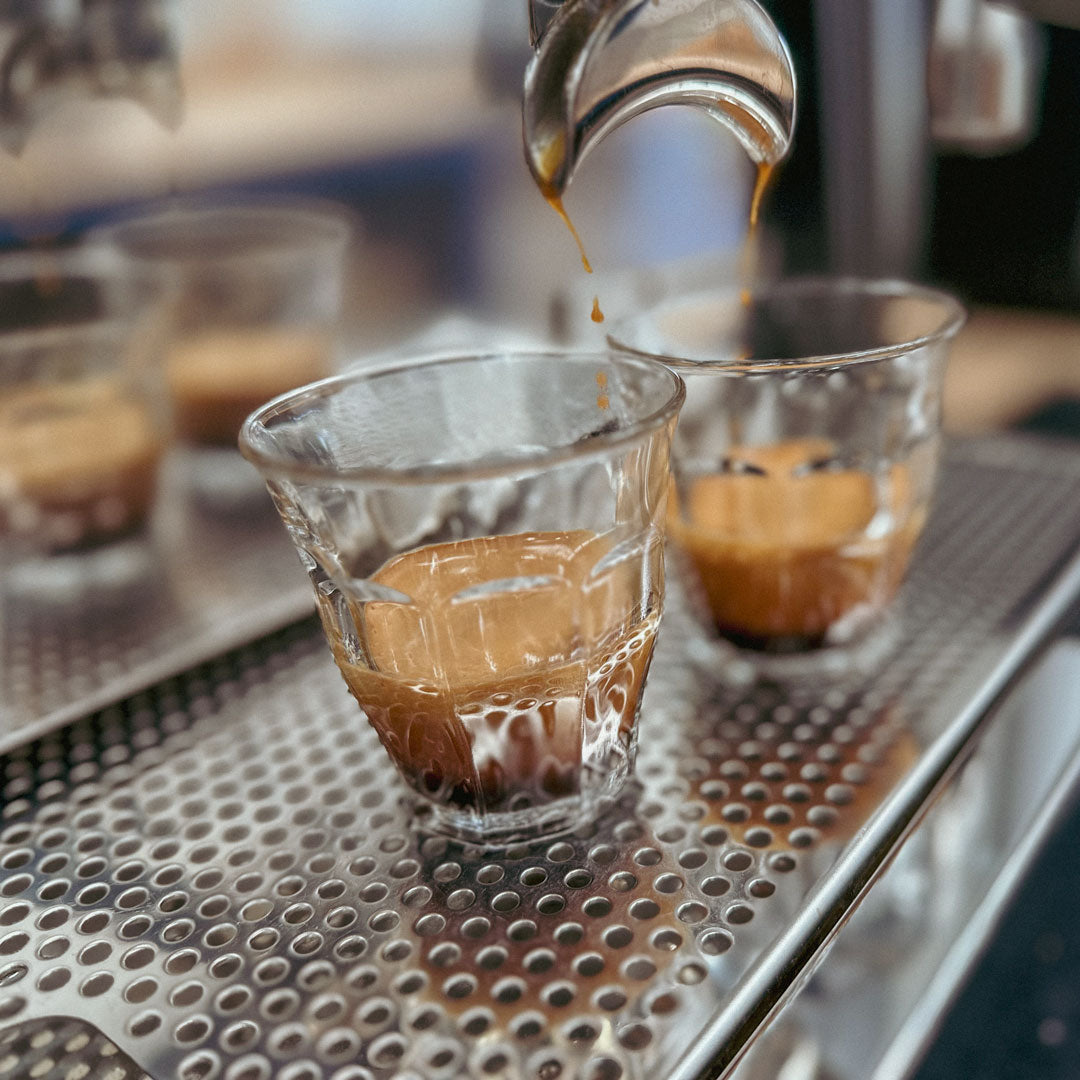
3. Check the Roast Date - Freshness Matters!
- One of the biggest factors in coffee quality is freshness. Always check the roast date on the bag (not just the expiration date). In Australia’s specialty coffee scene, roasters like us print the date the coffee was roasted.
- Look for beans roasted within the last four to six weeks for the best flavour. Coffee is at its peak during this window — the aromas are vibrant and the natural oils are still intact.
That said, if the beans have been nitrogen-flushed and properly sealed, they can stay fresh for several months. This method removes oxygen from the bag, helping to lock in freshness until you open it. - Avoid beans that have no roast date or that have been sitting on supermarket shelves for months. Fun fact: Freshly roasted coffee beats “freshly ground” every time – grinding fresh is good, but if the beans were roasted ages ago, no grinder can save the flavour.
- If you’re buying from a supermarket or large chain, check if they display roast dates. It’s often worth buying from local coffee roasters or cafes who roast frequently (and usually ship quickly).
In short, fresh = best when it comes to coffee beans. Fresh beans have a stronger aroma and a richer, more lively taste. Stale beans (even if they were once high quality) can taste flat. One of the biggest signs your beans are aging? A lack of crema during extraction. If your espresso pours thin with no crema, it’s often a freshness issue.
It’s also worth noting that coffee can be freshly roasted but made from old green (raw) coffee. The result? A stale, dusty or dull-tasting brew.
Don’t be shy about asking your coffee supplier when the beans were roasted and when the green coffee was harvested – any good roaster will be proud to tell you.
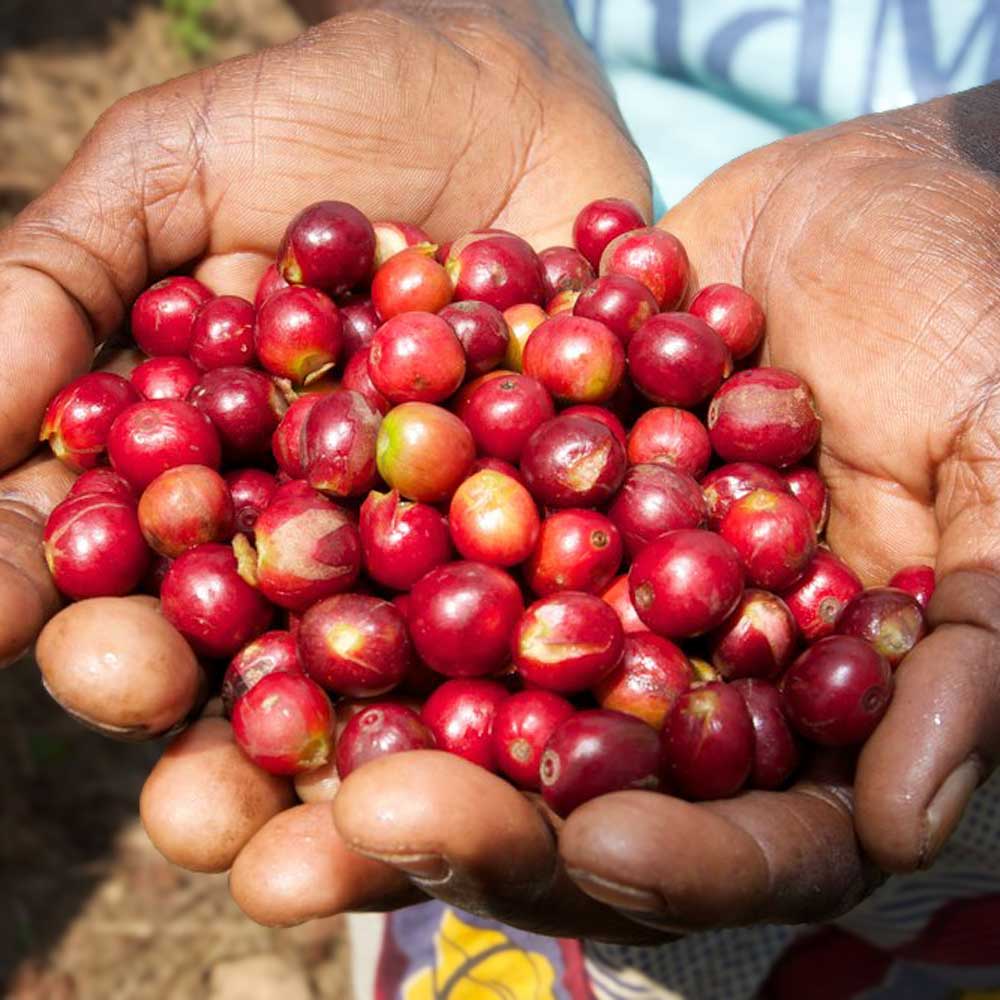
4. Pick the Right Bean Type - Arabica vs. Robusta
Coffee beans primarily come from two species: Arabica and Robusta. Understanding the difference helps in finding your preferred coffee:
- Arabica: This is the most common in specialty coffee. Arabica beans are considered higher quality, typically with a smoother, sweeter taste and lots of nuanced flavours (fruity, nutty, chocolatey notes depending on origin). They also have lower caffeine than Robusta. Check out our blog "How much caffeine is swirling in your cup of coffee?" If you’re aiming for the “best coffee beans”, you’ll usually be looking at Arabica blends and Arabica single origins.
- Robusta: These beans have almost twice the caffeine of Arabica and a more bitter, earthy flavour. Robusta is often used in Italian espresso blends to add a more stable crema and intensity. On its own, Robusta coffee is very strong and less sweet – not everyone’s cup of tea (or coffee!). Some instant coffees and cheaper blends use Robusta heavily (or exclusively). However, a touch of high-quality Robusta in a blend can provide a pleasant kick and thicker body.
- Blends vs Single Origin: Blends can combine Arabica (and sometimes a bit of Robusta) from different regions to create a balanced flavour profile. Single origin coffees are 100% from one region or farm, offering unique flavours of that specific origin. Neither is “better” – blends are great for consistency and espresso (our blends are crafted for optimal balance), while single origins are fun for exploring distinct flavours (great for black coffee or aficionados).
Tip: For most people searching for the best beans, starting with a good Arabica blend is a safe bet. If you like strong coffee, you might enjoy a blend with a portion of Robusta or a darker roast Arabica. The key is to experiment (see Step 6) and find what suits your palate.
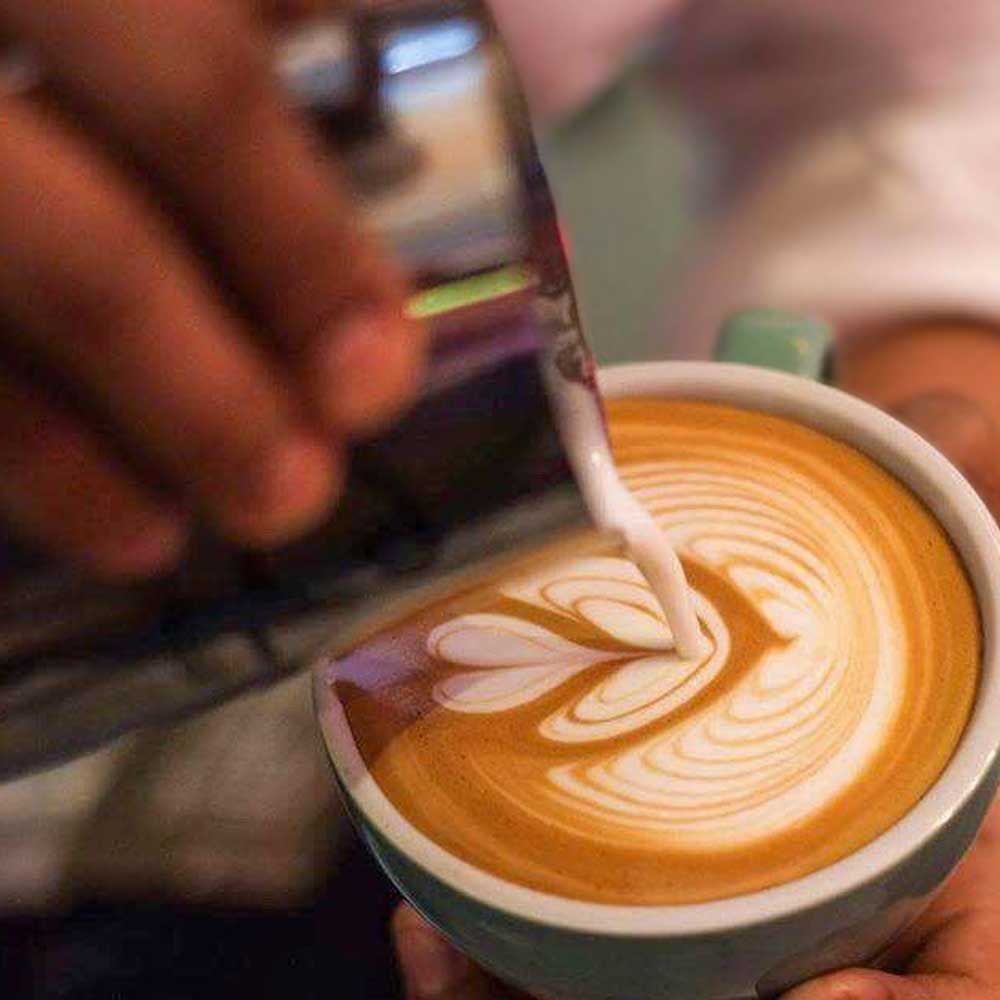
5. Consider Your Brewing Method
How you brew your coffee will influence which beans are ideal. Different beans shine in different brew methods:
- Espresso Machine (or Stovetop Moka): These methods extract coffee quickly under pressure, so you’ll want beans that are roasted to give rich flavour in a short time. Espresso blends (medium to dark roast) are formulated for this – they produce good crema, full body, and balanced taste when brewed as a shot. For example, a medium or medium-dark roast with chocolate and caramel notes will yield a smooth espresso and marry well with milk in a latte or flat white. Our Bee’s Knees or Morning Glory are crafted for espresso use. Single origins can work too, but very light roasts might taste too acidic or thin as espresso.
- Plunger (French Press) or Cold Brew: These immersion methods tend to highlight body and lower acidity. Medium to dark roasts often perform well, giving a robust, full-bodied brew. If you love a bold cup, try a chocolatey blend in the French Press. Cold brew especially can mute acidity, so even brighter beans become smoother – you might experiment with medium roasts that have fruity notes; cold brewing can bring out sweetness in them.
- Pour Over / Drip Filter: These methods (V60, Chemex, batch brewers) are great for tasting the subtle differences in beans. Light to medium roasts are often preferred to showcase origin flavours and complexity. If you got a fancy single origin from Ethiopia or a special micro-lot from Peru, this is a great way to brew it. The clarity of pour-over will let you detect those floral, citrus, or berry notes. Just be sure to use a proper filter grind and fresh water just off the boil.
- Aeropress: A versatile brewer that can be tweaked to suit any roast. Many Aeropress championship recipes use light roasts for complexity. But you can truly use any good-quality bean. It’s a forgiving method – play around with your favourite beans here.
Tip: Traditional Latte at Home: If you’re trying to emulate café coffee with your home espresso machine or stovetop plus milk, a medium to medium-dark roast blend is your friend. It will cut through milk for that rich flavor. That’s why our Aussie customers often pick Mrs Robinson or Bee’s Knees for their milk-based coffees – full flavour that isn’t lost in the milk.
In short, think about the best coffee you’ve had with your brewing method and try to find beans roasted for that purpose. Many roasters (including us) will indicate if a bean is suited for espresso or filter. But rules can be broken – some of our espresso lovers swear by the fruity light roasts for a bright shot! Which brings us to…
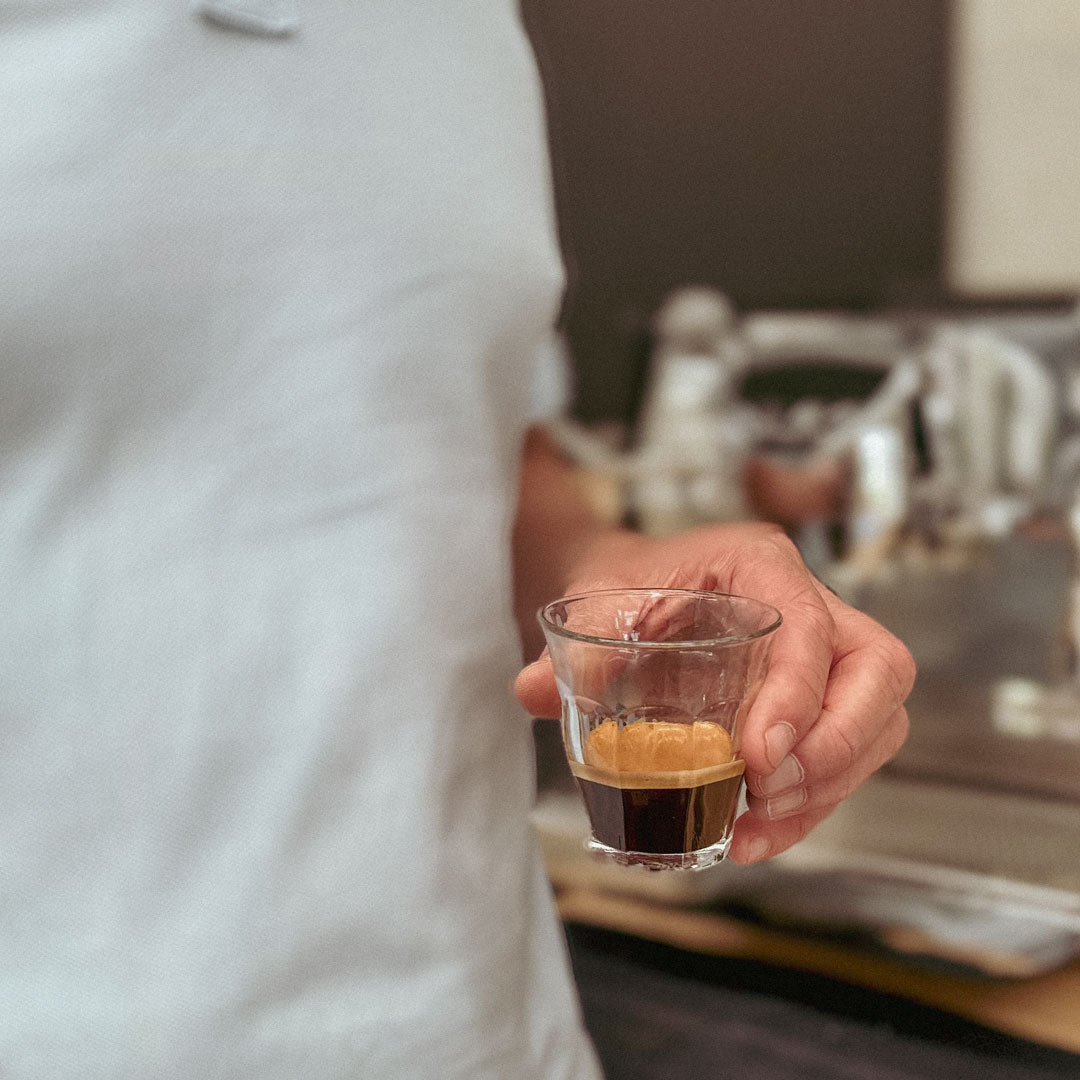
6. Experiment and Enjoy the Journey
Finding your perfect coffee bean is a journey – and a fun one at that! Don’t be afraid to try different beans and note what you liked or didn’t:
- Buy in Small Batches: Since fresh is best, buy smaller bags of coffee more frequently rather than stocking up on a kilo that goes stale. Many roasters offer 250g bags – grab a couple of different ones to test.
- Keep a Coffee Journal: Jot down quick notes on each bean you try. “Loved the caramel sweetness of X blend,” or “Y single origin was too acidic for me.” Over time, you’ll see patterns in what you enjoy.
- Try Similar Beans: If you find you absolutely loved a coffee from Guatemala because of its chocolate and orange notes, look for other Central American coffees with similar roast profiles. Chances are you’ll enjoy those too.
- Explore Brew Tweaks: Sometimes a bean shines with a tweak in method. If an espresso tastes too intense, that same bean might be wonderful as a filter coffee. Or if a light roast was too bright in a pour-over, you might prefer it as a short black from the espresso machine.
- Ask Your Roaster or Barista: We coffee roasters and baristas love to talk beans. If you’re local, drop by our roastery café and ask for recommendations based on what you currently drink. Even online, send us a message – we’re happy to guide you.
The Australian coffee scene is rich and diverse. Part of what makes finding the “best coffee beans” exciting is the exploration. Enjoy the process of discovering new favourites!
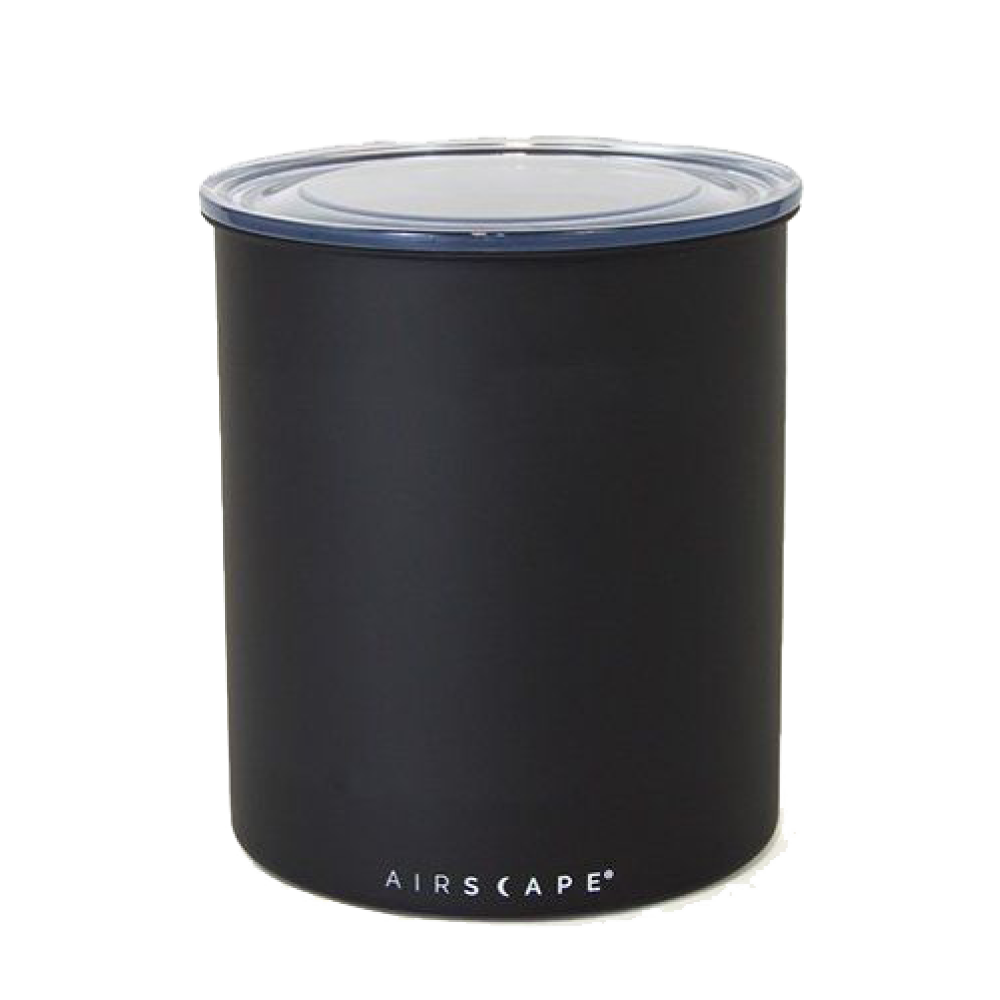
7. Store Your Beans Properly
Once you have your precious coffee beans, make sure to store them right so they stay fresh as long as possible (though we hope you’ll drink them fast because fresh is that good!).
- Keep them in an airtight container: Exposure to air stales coffee. If your beans come in a resealable bag with a one-way valve, that’s great. Otherwise, transfer them to an airtight container.
- Cool, dry, dark place: Heat, moisture, and sunlight are enemies of fresh beans. A cupboard away from the stove is better than a counter with direct sun. Never store coffee in the fridge – it can absorb odours and moisture. Freezing beans is debatable; if you do, only freeze once and in a truly airtight bag.
- Grind just before use: Whole beans hold flavour longer. If possible, grind your coffee right before brewing. Invest in a good burr grinder – it’s one of the best ways to up your coffee game. If you must buy pre-ground, get small quantities more frequently, and store in a very airtight container.
Tip: Good storage will extend the life of your coffee’s flavour. Even the best beans won’t taste great if they’re improperly stored for weeks. Treat your beans well, and they’ll reward you with a better cup.
FAQs
What are the best coffee beans in Australia?
Australia has a vibrant coffee culture, so the “best” coffee beans depend on your taste. Generally, the best beans are freshly roasted, high-quality Arabica beans suited to how you brew.
Many Australians love locally roasted blends for espresso – these often feature beans from Colombia, Brazil, or Ethiopia. For example, our customers rave about our Morning Glory blend as one of the best for everyday brewing because of its smooth, rich flavour.
Ultimately, the best coffee beans for you are ones that match your flavour preference and are freshly roasted (whether from a renowned roaster in Melbourne, Sydney, or your own home roast!).
How do I know if coffee beans are fresh?
Check the roast date on the bag. Fresh beans are usually defined as within a month of roasting. Also, when you open a fresh bag, you’ll often smell a strong aroma. Stale beans (months old) tend to have a weak scent and brew a flat-tasting coffee. Buying from local Australian roasters (who roast in small batches weekly) is a great way to ensure freshness.
Which is better, single-origin or blends?
They’re just different, and both can be excellent. Single-origin beans come from one country or farm and showcase that specific origin’s characteristics (for instance, a fruity Ethiopian or a chocolatey Brazilian). They’re great for exploring unique flavours.
Blends combine multiple origins to create a balanced profile – many “house blends” are designed to taste great as espresso with milk. Neither is inherently better; if you want consistency and balance, try a top-rated blend. If you want to experiment with flavour nuances, grab a single-origin from a region you haven’t tried. We offer both in our range because we know coffee lovers enjoy different experiences on different days!
Is it worth buying expensive coffee beans?
If by expensive you mean specialty beans from reputable roasters, generally yes, it’s worth it for the taste and quality. Higher-end beans are usually sourced ethically, carefully processed, and roasted to perfection. You’ll notice more complex flavours and a cleaner cup.
Cheaper, supermarket coffee (while improving in Australia recently and with many supermarkets now stocking great coffees from local roasters) is often mass-produced and could be stale or commodity-grade. That said, price isn’t everything – there are affordable local roasts that are fantastic. But if you splurge on, say, a Cup of Excellence winner or a micro-lot coffee, you’re paying for a unique, top-tier taste experience (like a fine wine). For daily coffee, find a bean that fits your budget but also delivers joy in the cup. Often, the sweet spot is a fresh $17-$23 bag from a local roaster versus an $8 big-brand brick from the grocery store.
Where can I buy the best coffee beans in Australia?
You have great options:
- Local Roasters & Cafes: Australia is famous for its local coffee roasters. Places like 23 Degrees Coffee Roasters (that’s us!), and many more roast fresh beans.
- Online: Many of coffee roasters have online-shops and deliver Australia-wide. Buying direct from roasters ensures you get beans shortly after roasting, and you’re supporting small businesses.
- Supermarkets: Some supermarkets stock quality brands or local roasts, but always check the roast date.
Just ensure whatever you buy is fresh.
If you’re reading this, you’re already in a good place! You can browse our online store for a selection of freshly roasted coffee beans that we ship across Australia. We’re biased, but we take pride in our beans and think they rank among the best 😉.
How do I choose the best coffee beans in Australia for my taste?
To find the best coffee beans for your taste, start by identifying your flavour preferences—do you enjoy chocolatey, nutty, fruity, or bold flavours? Then, match those preferences with roast levels: lighter roasts for brightness and acidity, medium roasts for balance, and dark roasts for intensity. Choose beans from reputable Australian roasters that provide tasting notes and sourcing information, like 23 Degrees, which helps you understand what’s in the cup before you brew.



